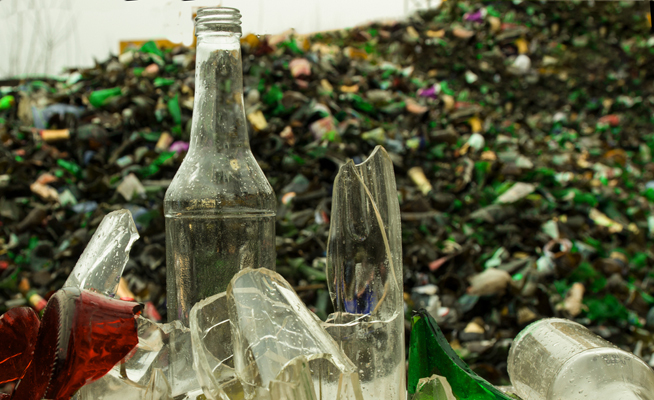How Switching to Aluminum Bottles Can Cut Costs and Emissions by Nearly 40%
For consumer brands operating at scale, packaging is no longer just a design decision—it’s a supply chain strategy. In the wake of rising global freight costs and ESG pressure, companies are turning away from glass and toward aluminum. At Aolijue.com, we’ve analyzed over 60 brand transitions and found that aluminum packaging consistently reduces logistics costs by up to 38%, while supporting sustainability goals.
From lower breakage rates to better pallet efficiency, here’s why switching to aluminum could be one of the smartest moves your brand makes this year.
1. Lighter Packaging = Lower Freight Costs
Glass may feel premium, but it’s a weighty liability. In contrast, aluminum bottles are up to 45% lighter, thanks to their thinner walls and optimized design.
Freight Cost Comparison: 500ml Bottles, 10,000 Units
Glass: 3,200 kg → $4,700 (Asia to EU shipping)
Aluminum: 1,760 kg → $3,000
Savings: $1,700 per container
CO₂ Reduction: ~27% lower emissions due to lighter loads (based on EU transport study)
| Metric | Glass | Aluminum |
|---|---|---|
| Weight | 3,200 kg | 1,760 kg |
| Freight Cost | $4,700 | $3,000 |
| CO₂ Emissions | 1,300 kg | 950 kg |
| Trucks Needed (EU) | 2 | 1.4 |

2. Fragile Isn’t Profitable: The True Cost of Glass Breakage
Glass doesn’t just cost more to ship—it costs more when it breaks. Average breakage rates during long-haul freight sit between 5–7%, leading to frequent insurance claims and product waste.
Example: 80,000 Units Annually
Glass: ~4,800 broken → $22,000/year in losses
Aluminum: <100 damaged → ~$500 loss
Insurance Bonus: Premiums for aluminum are often 12–18% lower, according to Lloyd’s.
3. Warehouse & Retail Benefits That Add Up
Warehouse rents are skyrocketing—averaging $13.50/sq ft/year globally. That’s why brands are optimizing packaging that saves space and labor.
Pallet Load:
Glass: ~1,000 units/pallet
Aluminum: ~1,500 units/pallet → 50% more per pallet
Labor Efficiency:
25–35% faster unloading (no special handling needed)
Retail Impact:
Sleek, matte-finish aluminum designs increased retail turnover by 15% for one cosmetics client (Nielsen 2023)
4. Real Case Study: Natural Skincare Brand Cuts $200k in Annual Costs
Let’s take “Eden Botanica”, a clean beauty brand that switched to CPI aluminum bottles in early 2024. Here’s how the numbers added up:
| Metric | Before (Glass) | After (Aluminum) |
|---|---|---|
| Annual Shipping Cost | $520,000 | $330,000 |
| Breakage Losses | $38,000 | $1,200 |
| Warehouse Space Used | 1,100 sq ft | 720 sq ft |
| Yearly Logistics Savings | — | $226,800 |
These savings allowed the company to reinvest in influencer marketing and enter two new EU retail chains in under 12 months.
Conclusion: Aluminum Is the Future of Smart Packaging
Aluminum bottles are more than sustainable—they’re strategically superior. They’re lighter, more durable, and logistically efficient, cutting both emissions and costs. With global supply chains under pressure, brands that adapt faster win faster.
Ready to cut costs and elevate your brand?
Explore CPI’s fully customizable aluminum packaging at 👉aolijue.com
#SustainablePackaging #AluminumBottles #LogisticsEfficiency #EcoFriendlyPackaging #PackagingInnovation




